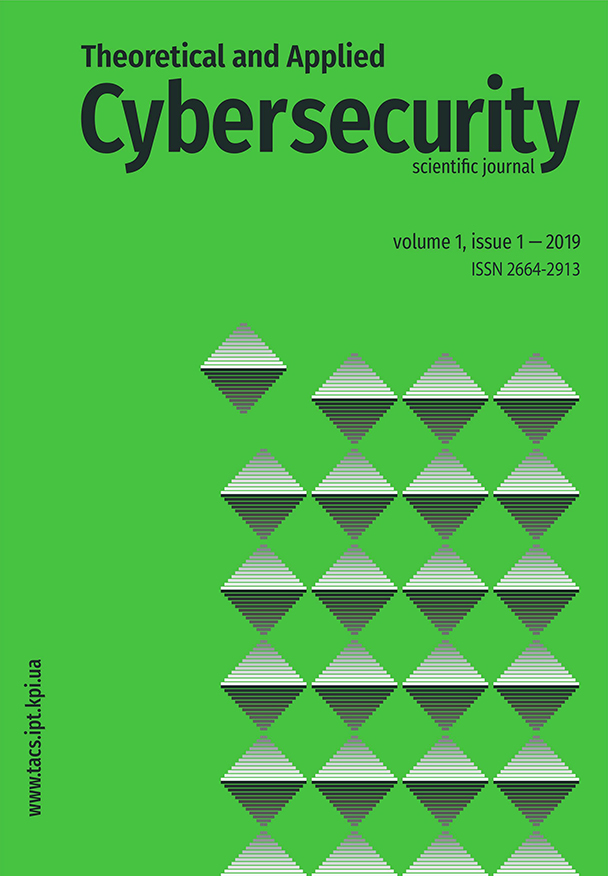Mathematical models of information concealment cases spreading dynamics in social media
DOI:
https://doi.org/10.20535/tacs.2664-29132019.1.169082Abstract
The realities and needs of the globalizing information society require special attention to the problems of information security, both in a technical sense and in a humanitarian one.Cybernetic space and social media as a partial case of it are a constant struggle for the attention of users and the information impact that can be used for their own purposes in the context of information operations and information wars. The directed influence on various actors of the media, representatives of social groups, producers and consumers of content in conditions of information confrontation can pose a direct threat to human security, the security of cyberspace and the security of the state in general. Thus, detection of tools of information influence during the conduct of information wars as information concealment cases in time, is an important condition for ensuring the state of security of society and the state. The use of analytical approach and mathematical modeling enables to prevent, detect and counteract the concealment of information in cyberspace in the subject area of cybernetic security.
Downloads
Published
Issue
Section
License
Authors who publish with this journal agree to the following terms:
Authors retain copyright and grant the journal right of first publication with the work simultaneously licensed under a Creative Commons Attribution License that allows others to share the work with an acknowledgement of the work's authorship and initial publication in this journal.
Authors are able to enter into separate, additional contractual arrangements for the non-exclusive distribution of the journal's published version of the work (e.g., post it to an institutional repository or publish it in a book), with an acknowledgement of its initial publication in this journal.
- Authors are permitted and encouraged to post their work online (e.g., in institutional repositories or on their website) prior to and during the submission process, as it can lead to productive exchanges, as well as earlier and greater citation of published work (See The Effect of Open Access).

